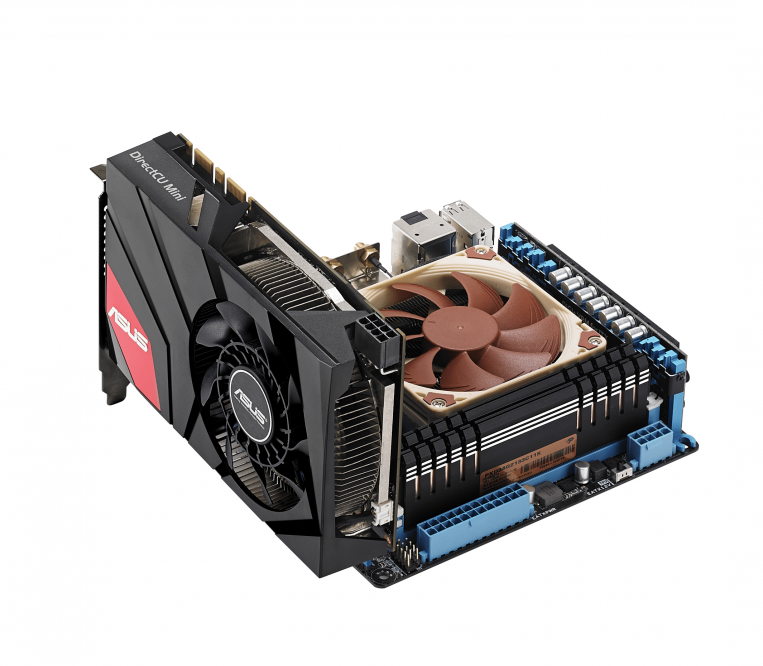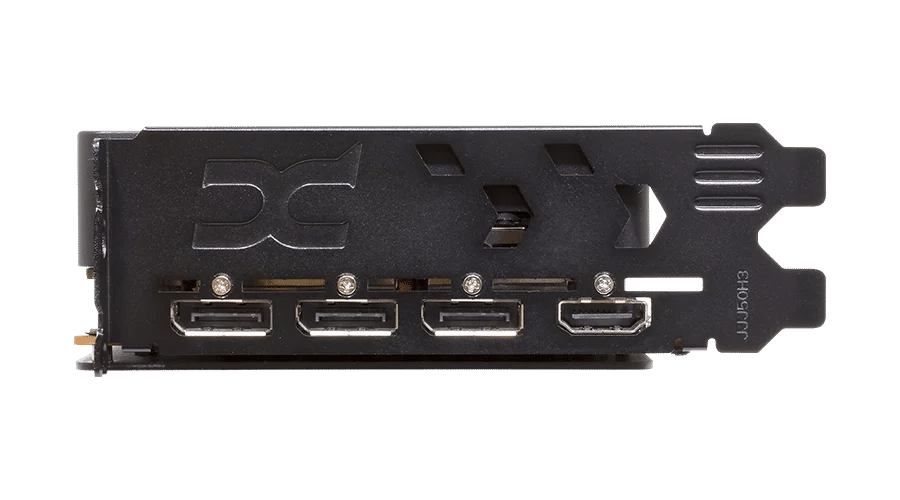nVidia's standard of a SFF ready graphics card is beyond parody and just declares whatever it produces to fit this mould. Instead of having the marketing department of a multi-billion dollar corporation declare what it wants it to be, the standard should be decided by actual SFF enthusiasts, much in the same way that a SFF case should be sub 19L. I have proposed this question to those in the discord previously, and it has resulted in much debate.
So if you'd like to share your opinion, state what standard dimensions you think it should be (L x W x H) along with the power connection (e.g 8+6-pin) plus whatever else you think should be applicable.
For me, a single 8-pin with a max length of 254mm and fit in 2 slots (with a little wiggle room, but certainly not 3). I'm indifferent to open vs blower style cooler, though I suppose that's dependent on the specific case.
Also, I think there should be a separate category for ITX card, which would obviously be 170mm max length.
So if you'd like to share your opinion, state what standard dimensions you think it should be (L x W x H) along with the power connection (e.g 8+6-pin) plus whatever else you think should be applicable.
For me, a single 8-pin with a max length of 254mm and fit in 2 slots (with a little wiggle room, but certainly not 3). I'm indifferent to open vs blower style cooler, though I suppose that's dependent on the specific case.
Also, I think there should be a separate category for ITX card, which would obviously be 170mm max length.




























